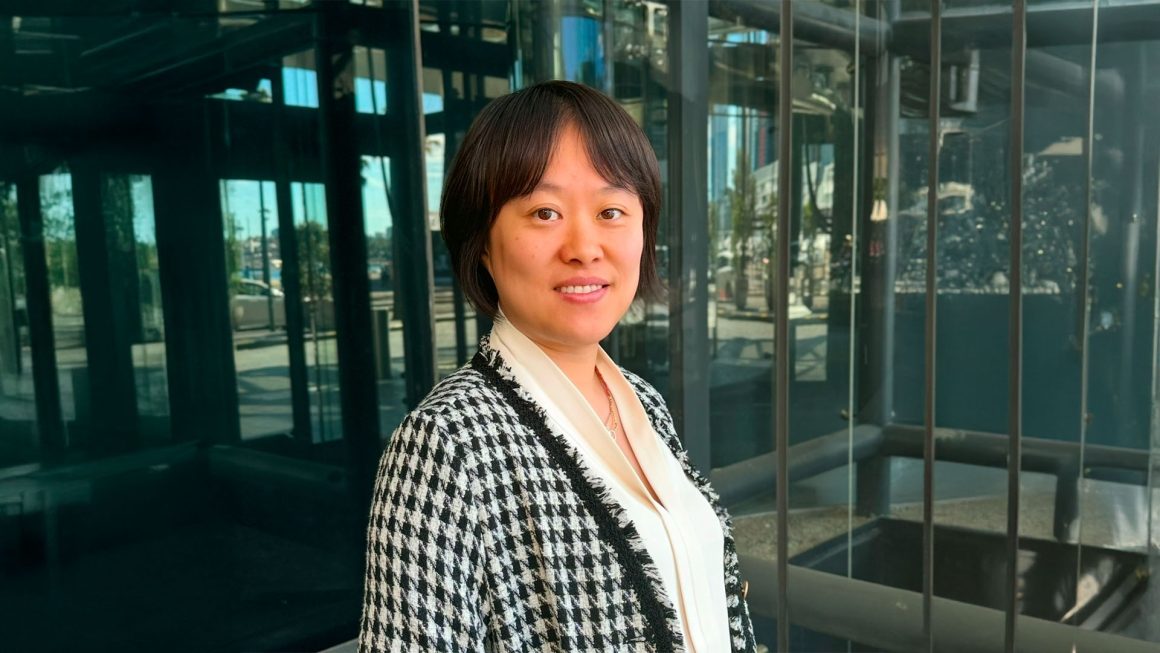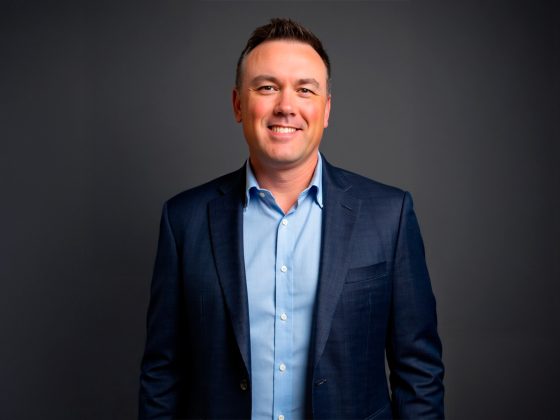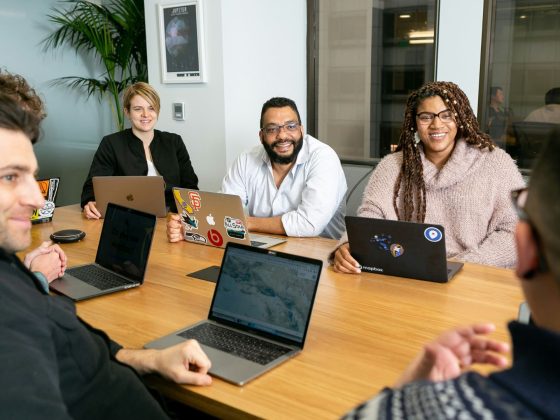In the facilities management sector, many companies focus solely on execution—ensuring cleaning is done, maintenance schedules are met, and operational standards are upheld. However, Emily Sha, CFO at Australian facilities company White Spot Group, says stakeholder awareness is one of the most critical yet overlooked factors in the sector. “One of the most common mistakes people make in this industry is not understanding the customer’s needs,” Sha explains. “Sometimes, the buyer of a service is not necessarily the final user. If you don’t have the full picture of who you are providing a certain service for, it’s difficult to get it right.”
By taking a holistic approach, engaging all stakeholders, and ensuring staff are trained in accordance with stakeholder needs, businesses can bridge the gap between expectations and outcomes. This not only ensures that services align with the needs of end users but also strengthens long-term client relationships and builds a highly adaptable, customer-service-driven team.
How AI and Sustainability Are Reshaping Facility Management
The rapid evolution of technology is disrupting nearly every industry, and facilities management is no exception. While some may see artificial intelligence (AI) as a distant concept for the sector, Sha is quick to challenge that assumption. “AI helps us gather data to understand customer behavior and requirements, allowing us to tailor services more effectively,” she says. “At White Spot Group, the platform we use also helps to navigate customers to the real result they need while also helping them manage costs.”
Sustainability is another game-changer within Australia’s facilities management sector. “Apart from traditional chemical-oriented services, we now provide water-based cleaning solutions and eco-friendly alternatives,” she notes. Sha points to Singapore as a leader in sustainable facilities management, where many companies are using AI to ensure compliance with the latest eco-friendly solutions and to integrate the best green practices into their operations. “Sustainability is also about collaboration—working with partners to help customers incorporate green practices.” By leveraging AI and sustainable practices, facilities management companies can optimize efficiency while meeting evolving environmental and economic demands.
Three Pillars of Effective Facilities Management
Sha emphasizes three fundamental principles for businesses looking to optimize their facilities management strategies: customer service, quality, and transparency.
Customer service: “It’s absolutely critical to get this right,” Sha asserts. “Truly thinking on behalf of the customer and understanding what they need is key to building a strong reputation.”
Quality: Standardization is essential for maintaining high-quality service. “Having a structured procedure ensures consistency in service delivery,” she says. “It’s similar to the way major manufacturers operate—when you standardize, you ensure reliability.”
Transparency: Clear communication from the outset minimizes misunderstandings and builds trust. “We provide quotes in a way that ensures customers understand exactly what they’re getting,” Sha explains. “If something happens, we take responsibility, rectify it immediately, and follow up to ensure client satisfaction.”
Building a Future-Ready Facilities Management Team
For Sha, an effective team is more than just a group of skilled professionals—it’s a collective of individuals who embody adaptability and a deep commitment to customer service. “We invest heavily in training our staff,” she says. “In our industry, the ability to embrace change and maintain a customer-first mindset is crucial—the rest is trainable.” Sha believes that fostering a culture of continuous learning and adaptability is essential for staying ahead in the fast-paced world of facilities management. “Expectations get higher every day,” she concludes. “As service providers, we need to be ready. We can’t expect customers to slow down their expectations—we need to rise to meet them.”
For more insights from Emily Sha, or explore her company’s offerings on their White Spot Group Australia & New Zealand.










